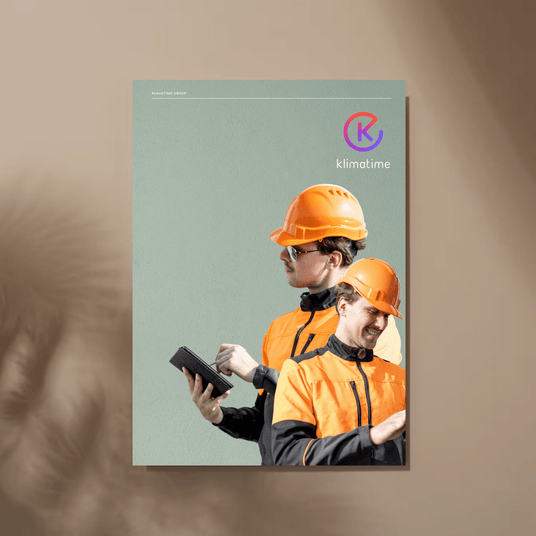The year of construction of a home is a significant factor when choosing a heating system, especially a heat pump. This is due to the variations in building materials, construction techniques, insulation standards, and existing heating infrastructure, which have evolved over time. Here’s how the year of construction can influence the choice of a heat pump in the European market:
New Builds (Post-2010)
Characteristics:
- High insulation standards
- Airtight construction
- Often equipped with underfloor heating
- Designed with energy efficiency in mind
Heat Pump Suitability:
- Air-to-water heat pumps can operate efficiently due to the lower heat load.
- Smaller capacity heat pumps may be sufficient.
- Integration with smart home technology is often easier.
Late 20th Century (1970-2000)
Characteristics:
- Variable insulation quality
- May have undergone some energy retrofitting
- Likely to have central heating systems with radiators
Heat Pump Suitability:
- Air-to-water heat pumps are suitable but may require a higher capacity to compensate for average insulation.
- Heat pump with a higher flow temperature can be compatible with existing radiators.
Mid 20th Century (1940-1970)
Characteristics:
- Often minimal insulation
- May have outdated or no central heating system
- Likely to need significant retrofitting for energy efficiency
Heat Pump Suitability:
- Retrofitting with insulation is recommended before installation.
- Ground-source heat pumps might be preferred if the property has enough land, as they are less affected by poor insulation.
- Hybrid systems combining heat pumps with traditional boilers can be a transitional solution.
Historic Homes (Pre-1940)
Characteristics:
- Solid walls with little to no insulation
- Preservation and aesthetic considerations
- May have architectural restrictions
Heat Pump Suitability:
- Careful integration is crucial to preserve the building's integrity.
- High-temperature air-to-water heat pumps might be necessary to reach comfortable indoor temperatures.
- Bespoke solutions are often required, possibly combining heat pumps with secondary heat sources.
Conclusion
The year of construction of a home in Europe is indicative of its thermal performance and existing heating infrastructure, which are critical in selecting an appropriate heat pump. Newer homes can often use smaller, more efficient heat pumps due to better insulation, while older homes may require more robust systems with higher capacities or even hybrid solutions. Retrofitting older homes with improved insulation and airtightness can significantly enhance the performance of a heat pump system. Ultimately, a detailed assessment of the home’s characteristics, aligned with the year of construction, will guide homeowners and professionals in making the best choice for a heat pump system that ensures comfort, efficiency, and respect for the home’s architectural heritage.




















